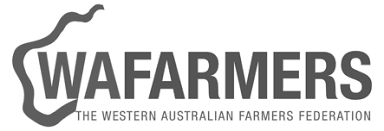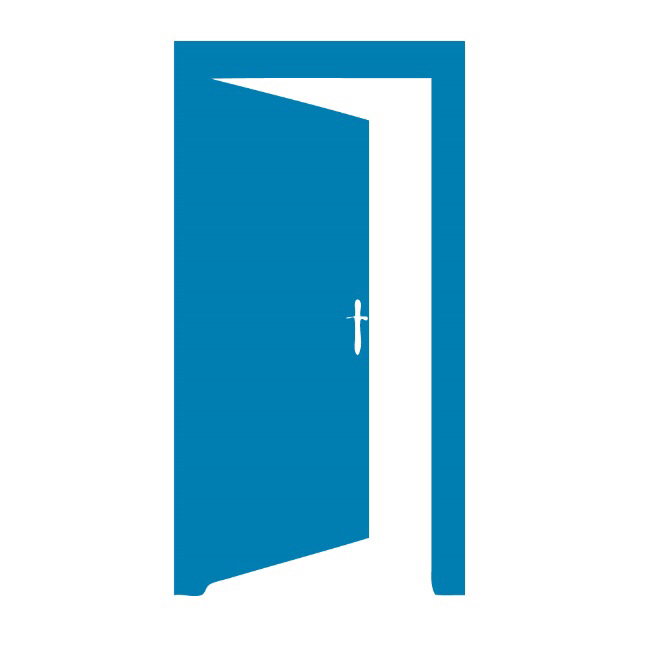Title Page
-
Document No.
-
Site
-
Conducted on
-
Company
-
name
-
Who has responsibility for reporting hazards
-
It is your duty to report any hazards, injuries or unsafe practices to management
-
As a worker you have a responsibility to protect yourself and others
-
You will not do any job you do not feel qualified or trained to do safety
-
You are aware that you need to wear work boots with non slip soles
-
You are aware you must wear steel capped boots
-
You are aware you need to wear long pants and shirts plus hat or sun screen for sun protection
-
You are aware of the risk of loose clothing being tangled in machinery
-
You are aware of the need for eye protection when working in the workshop, outdoors or around machinery, chemicals, fences or in the sun.
-
You are aware of the need to wear PPE in hazardous jobs including in the workshop and around chemicals.
-
You are aware that clothes should be cleaned of chemicals, fuels, oils etc after each day at work
-
You are aware of the no smoking rule inside buildings, farm machinery or where their is a risk of igniting a farm fire
-
You are aware of the no illicit drugs rule
-
You are aware of the risk of tetanus, Q fever and Covid and have had the vaccinations
-
You are aware of the no consumption of alcohol rule during work hours
-
You have advised your manager of any medical conditions or medication you need to take
-
You are aware that children are not permitted around machinery unsupervised
-
You are aware of the risk of ear damage with loud noises and the need to wear ear muffs
-
You are aware of the hazards that require you to wear PPE including gloves, masks, respirators,
-
-
You have taken a chemical handling course before handling chemicals
-
You are aware a helmet must be wore when riding motor bikes or quad bikes
-
You are aware you cannot ride on the back of utes and trucks
-
You are aware of the need to drive at a responsible speed around the farm sheds or near other vehicles in the paddock and around the farm
-
You are aware of the risk of heights and will not climb onto high and dangerous sheds, silos, windmills, houses, trees.
-
You will follow the safe handling instructions on chemicals
-
You are aware of the risks of being under machinery without ensuring the machine cant fall on you.
-
You are aware of how to use fire extinguishers and the fire fighting unit
-
You are aware that before starting a machine you must check it can operate safely
-
You are aware of the hazards of water and will not enter dams or tanks without a water wise partner watching
-
You are aware of the need to report unsafe machinery or equipment or infrustructure to the management
-
You are aware of how to undertake fencing safely
-
You are aware of the risks of being run over by moving machinery
-
You are aware of the risks of moving parts on machinery incl PTOs
-
You are aware to check all electrical appliances are safe before you use them
-
You are aware of the importance of guards on machinery and will replace them when removed
-
You are aware than when a machine has a seatbelt fitted you will use it
-
You are aware of the risks of low power lines and high machinery
-
You are aware of the need to use appropriate harnesses when climbing or at heights
-
You are aware of the contact numbers for emergencies and will carry a mobile phone when working alone
-
You are aware of where the first aid kit is located
-
Before starting work you will let people know what you work plan is for the day, when where you are likely to be
-
You have read the emergency plan
-
You are aware of who is trained in first aid locally
-
You know how to fill in a injury register form
-
I acknowledge that I have personally answered the questionnaire and agree to abide by all the requirements outlined in the induction












